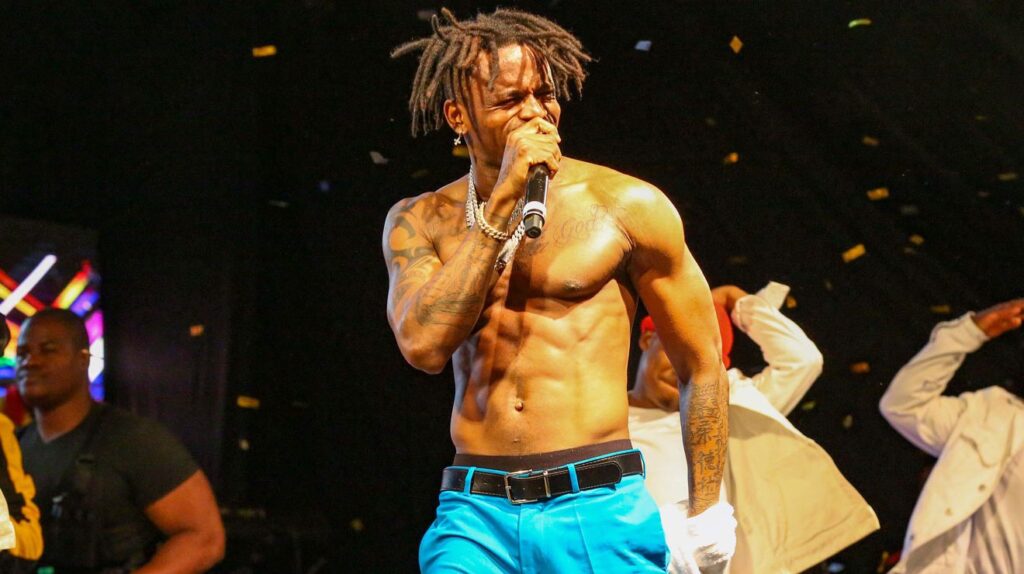- Musicians can benefit significantly from being good dancers, even though dancing may not be their primary career focus
- Having multiple talents can enhance a musician’s marketability and career longevity In the entertainment industry
- All the while, being able to dance, in unsayable ways helps expand a musician’s versatility
While a musician’s primary focus is on creating and performing music, the ability to dance can significantly enhance their career. Even if dancing is not their main skill, understanding and incorporating dance can offer numerous benefits, from improving stage presence to deepening audience connection.

Here are key reasons why it’s important for musicians to know how to dance:
1. Enhanced Stage Presence and Performance
A musician’s stage presence is crucial in captivating an audience. Movement and dance can transform a static performance into a dynamic and engaging spectacle. For instance, artists like Beyoncé and Bruno Mars are celebrated not only for their vocal prowess but also for their electrifying dance routines. Even simple, rhythmic movements can make a performance more visually appealing and energetic, helping musicians to better express their music and connect with their audience on a deeper level.
2. Improved Musicality and Rhythm
Dancing requires a strong sense of rhythm and timing, skills that are equally essential for musicians. By learning to dance, musicians can enhance their understanding of musical rhythms, phrasing, and dynamics. This improved sense of timing can lead to more nuanced and sophisticated performances.
Follow our Facebook page for more updates:
For example, jazz musicians often incorporate elements of dance to better understand the swing and groove of the music.
3. Increased Audience Engagement
Engaging the audience is a key factor in a successful live performance. When musicians incorporate dance into their act, it adds an extra layer of excitement and entertainment. Audiences are more likely to remember and talk about a performance that was visually and sonically impressive.
Read Also:
1: Five Things to Consider to Become a Successful Digital Content Creator
2: Mental Health Challenges in a Post-Pandemic World
This increased engagement can lead to greater fan loyalty and word-of-mouth promotion. Artists like Michael Jackson and Prince have left lasting legacies partly due to their ability to seamlessly blend music and dance, creating unforgettable performances.
4. Versatility and Career Opportunities
Musicians who can dance have a broader range of opportunities available to them. They can participate in more varied projects, such as music videos, musical theater, and television performances, which often require dance skills.
Follow our Facebook page for more updates:
This versatility can make a musician more marketable and open doors to new creative ventures. For example, Lady Gaga’s dance abilities have allowed her to cross over into acting and other performance arts seamlessly.
5. Physical Fitness and Stamina
Performing music, especially during live shows and tours, can be physically demanding. Dancing helps musicians stay fit and build stamina, which is essential for maintaining high energy levels throughout performances. Regular dance practice can improve a musician’s endurance, coordination, and overall physical health, enabling them to deliver consistent and powerful performances.
Follow our Facebook page for more updates:
Incorporating dance into a musician’s skill set can provide a significant advantage in the competitive world of entertainment. It enhances stage presence, improves musicality, engages audiences more effectively, opens up new career opportunities, and promotes physical fitness. While not every musician needs to be a professional dancer, having a basic understanding of dance and movement can greatly enrich their performances and contribute to their overall artistic growth.

